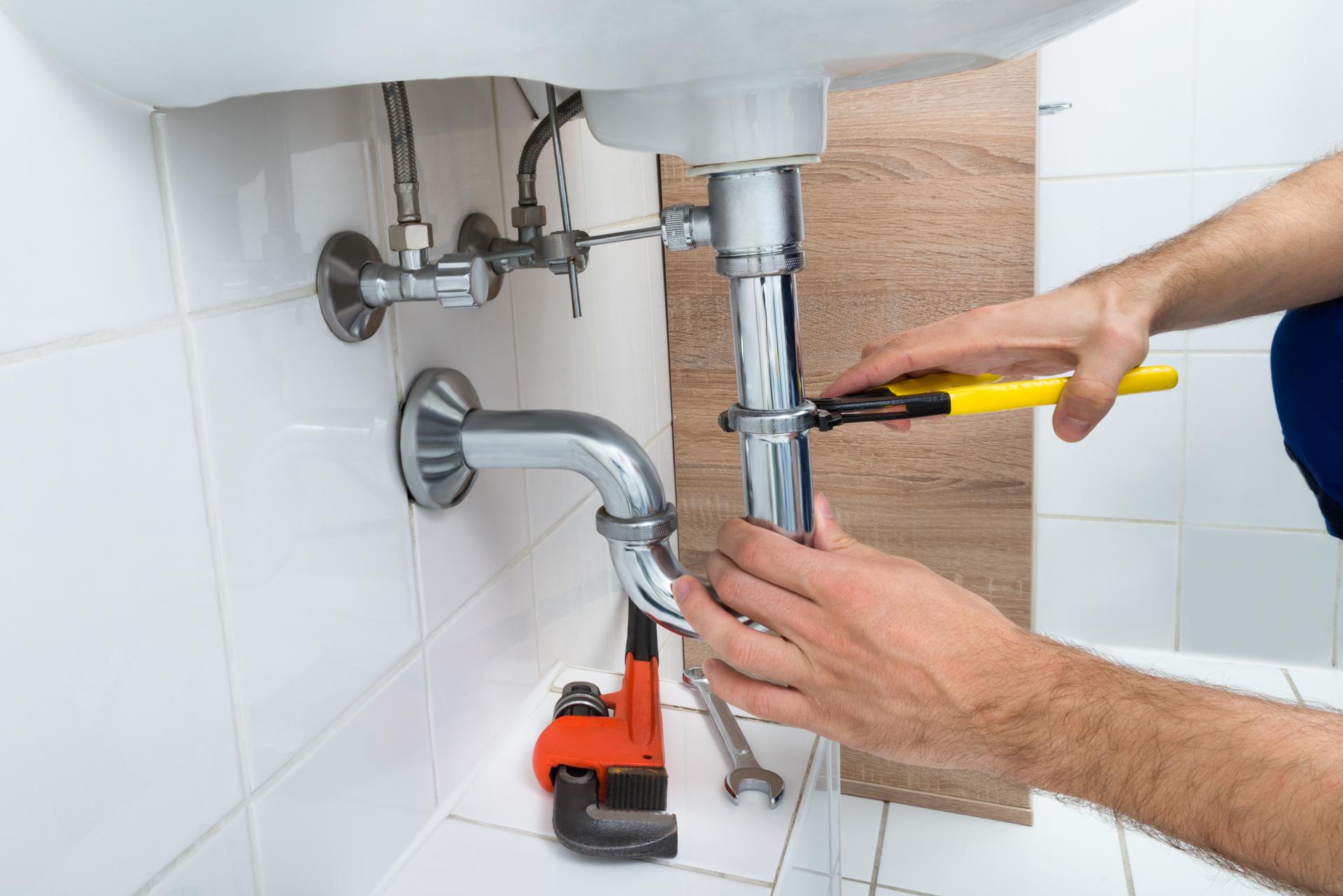Expert Advice on Replacing Your Plumbing and What to Expect and What You Need to Know

Plumbing is an integral part of every home, providing us with clean water for cooking, drinking and for cleaning, as well as a way to dispose of waste. However, like any other system in your home plumbing is likely to get old and need to be replaced.
Knowing when it’s time to replace your plumbing is essential to prevent costly repairs and prevent health hazards. We’ll go over the signs that indicate that your plumbing is in need of being replaced, the factors to take into consideration before replacing your plumbing, the plumbing replacement process, the benefits in replacing the plumbing and an FAQ section to address any concerns you may have.
The signs that it’s time to upgrade your plumbing
There are several common signs that indicate your plumbing needs to be repaired, such as leaks When you notice water spots or puddles in your house, it’s a sign of a plumbing leak. Leaks can cause significant damage to your home’s structure and may lead to mold growth which is why it’s crucial to address them promptly. Rusty pipes evident that your plumbing needs to be repaired or replaced. Rust can cause a contamination to the water supply in your home which makes it unfit to consume or cook with. Low pressure in the water: If your showerheads or faucets produce low flow of water It’s an indication of low water pressure, which could be due to corroded pipes or blockages. Water discoloration: Water that is discolored, such as brown or yellow, is an indication of rust or sediment buildup within your pipes. This could affect the taste and quality of your water and may indicate the need for plumbing replacement.
Factors to Take into Account Before Replacing the plumbing
When replacing your plumbing, there are many factors to consider, including the age of your plumbing system: Plumbing systems can last for approximately 50 years, so if your home is older than that, it’s most likely time for a replacement. Cost of replacement replacing your plumbing could be costly, and it’s essential to budget for this expense. Severity of plumbing problems If the plumbing issues are serious and affect multiple areas of your home, replacement may be the best choice.
What can you expect during the Plumbing Replacement Process
The process of replacing plumbing involves several steps, including closing off the water supply Your plumber must shut off the water supply to your home to prevent any leaks or water damage. Removing old pipes: Old pipes will need to be removed, which may require cutting into walls or floors. Installation of new pipes New pipes are installed, and may require rerouting to ensure the proper water flow. The timeline for the plumbing replacement process will be based on the size of your property and the difficulty of the task. The homeowners can anticipate some disruption during the project, which could include water shut-offs and potential destruction to floors and walls.
Benefits of Replacing Plumbing
Replacing your plumbing offers several benefits, including increased water efficiency new plumbing fittings and pipes are more efficient, which means reducing the amount of water you use and decreasing the cost of your utilities. Improved water quality: Replacing old, corroded pipes with new ones will improve the quality and quality of water, making it safer to drink and cooking. Reduced risk of future plumbing problems The new plumbing is less likely to cause obstructions or leaks, which reduces the requirement for costly repairs in the future.
Conclusion
Removing your plumbing is an expensive expense, but it’s necessary for your home’s security and comfort. When you are aware of the signs that suggest your plumbing needs replacement, weighing the factors before replacement, and knowing what to expect from the replacement process, you can make an informed decision regarding the plumbing in your home. Be aware that replacing your plumbing can provide a variety of benefits, including increased water efficiency, improved water quality and less risk of future plumbing problems.
FAQ Section
How much does it cost to replace plumbing?
The cost to replace your plumbing will vary based on several factors, including how big your house, the complexity of the task, as well as the material used. In the average, homeowners will need to shell out between $5,000 and $10,000 for a complete plumbing replacement.
How long will it take to repair plumbing?
The length of time needed for plumbing repair will depend on the size of your home and the difficulty of the task. Typically, a whole-house plumbing repair can take anywhere from two and four weeks.
Do I need to change my plumbing if there’s an issue with my plumbing?
If you only have one leak in your plumbing, it may not need a full replacement. If you’re experiencing a lot of leaks or observe other indications of plumbing issues, a replacement might be the best solution.
Do I have the ability to replace my plumbing on my own?
The replacement of your plumbing is a complex task that should be left to a professional plumber. If you attempt to replace your plumbing yourself can result in costly errors as well as dangers to your safety.
What kind of pipes will I need for my plumbing replacement?
There are several types of pipes that are suitable for plumbing replacement, including copper, PVC, and PEX. Your plumber will recommend the most suitable type of pipes based on your needs and budget. The conclusion is that replacing your plumbing is an important choice that must be taken by taking careful consideration. By understanding the signs that indicate your plumbing needs to be replaced, weighing the various factors that can affect replacing and understanding what you can expect during the plumbing replacement process, you will be able to make an informed choice about your home’s plumbing. A qualified plumber can help to guide you throughout the entire process to ensure an efficient and successful replacement of your plumbing.
